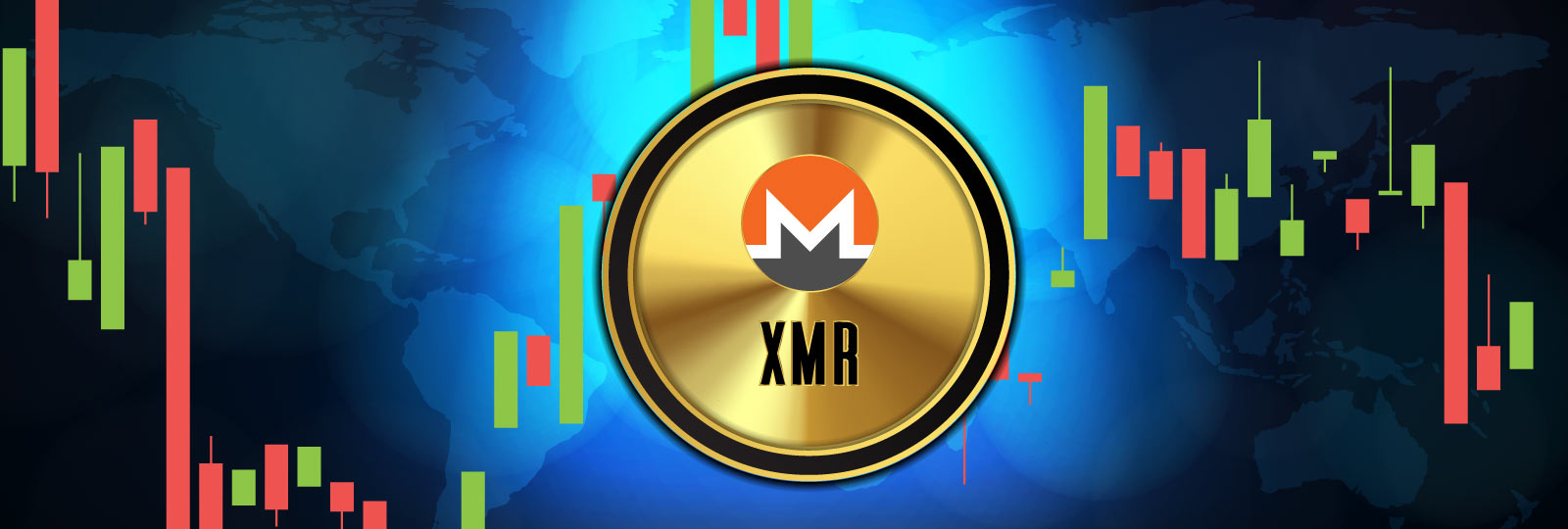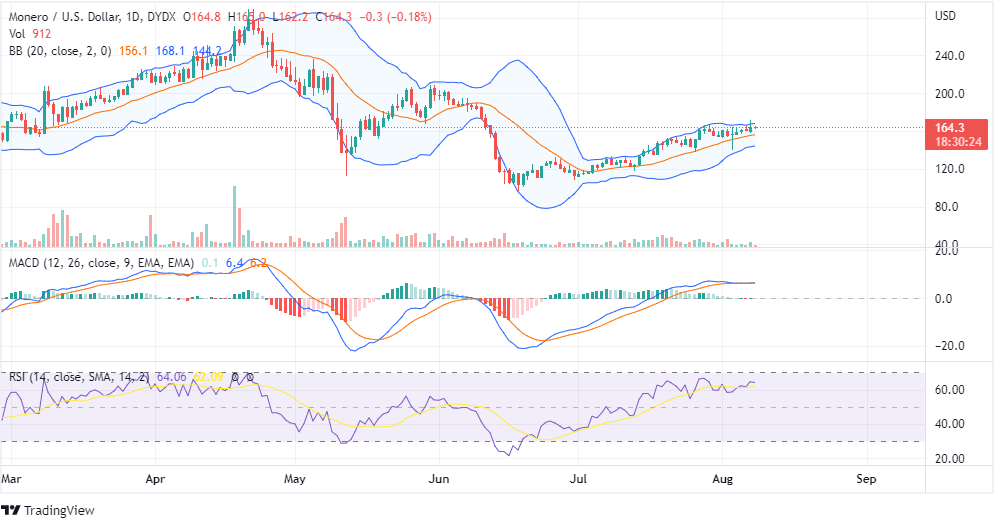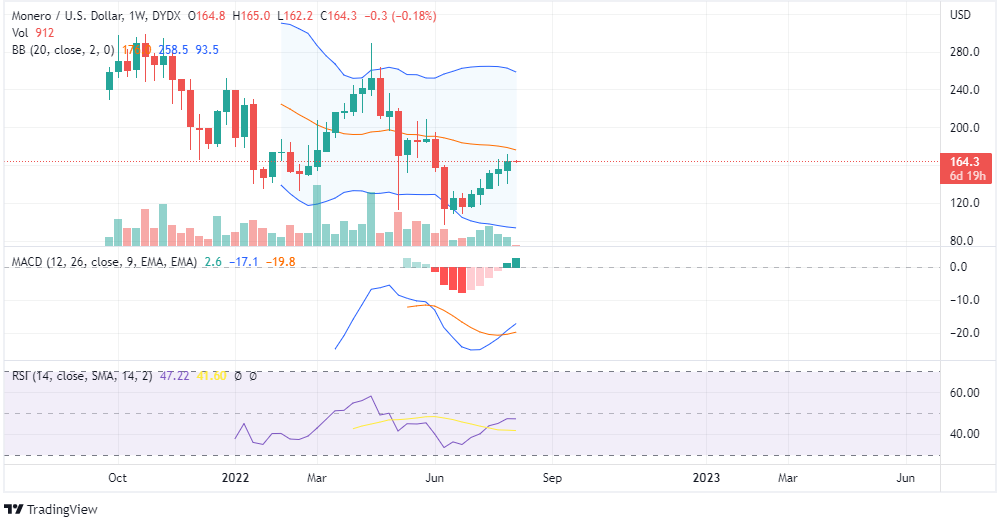Monero is one of the first few cryptocurrencies that mainly focuses on privacy and fungibility. It allows the users to send and receive transactions without being tracked by anyone. Many experts regard Monero as an upgraded version of Bitcoin, which reveals senders, receivers, and the amount exchanged on the blockchain network. Some experts also consider Bitcoin as a better cryptocurrency because third-party organizations can identify and blacklist coins or suspected criminal activities.
Nicolas van Saberhagen published a white paper in 2013 to draw the attention of the crypto community along with two Bitcoin developers, Andrew Poelstra and Gregory Maxwell. Initially, it was known as Bytecoin, which collapsed under the allegation that developers had tampered with the supply.
Later they launched Bitmonero in 2014. After that, they released a forked version known as Monero. The best part is Monero software program updates every six months, adding new features to the network.
It runs on a Proof of Work consensus, meaning miners have to use costly devices to mine new coins, but it is easier than Bitcoin mining. There are many privacy-centric cryptocurrencies, but Monero is the most popular because it hides user data making it difficult to track them. If they find bugs in the network, they can easily rectify them in the next software upgrade after a few months. It is a great tool if it is used in the right way.
Many experts suggest XMR might get regulatory advice from the governments because it allows anonymous transactions, which can be a big threat to the world economy. That is why Monero investors should be cautious about the community sentiment and news in the market to survive for the long term. Please read our price analysis before investing in the XMR coin.
At the time of writing this post, XMR was trading around $164.3. Though the XMR token is bullish, you can find strong resistance at around $190. We think it will cross the resistance decisively, but you have to pay closer attention to the price movement at least for a few months. On the daily chart, RSI is at 64, and MACD has just taken a bullish crossover, which suggests positive sentiments for the short term.
On the weekly chart, five consecutive candles are green, suggesting bullishness for the long term. XMR has also been forming higher highs and higher lows. Candlesticks are forming in the lower half of the Bollinger Bands, but MACD is bullish. For the long-term, we think it is not the ideal time to invest until XMR crosses the price of $200.



